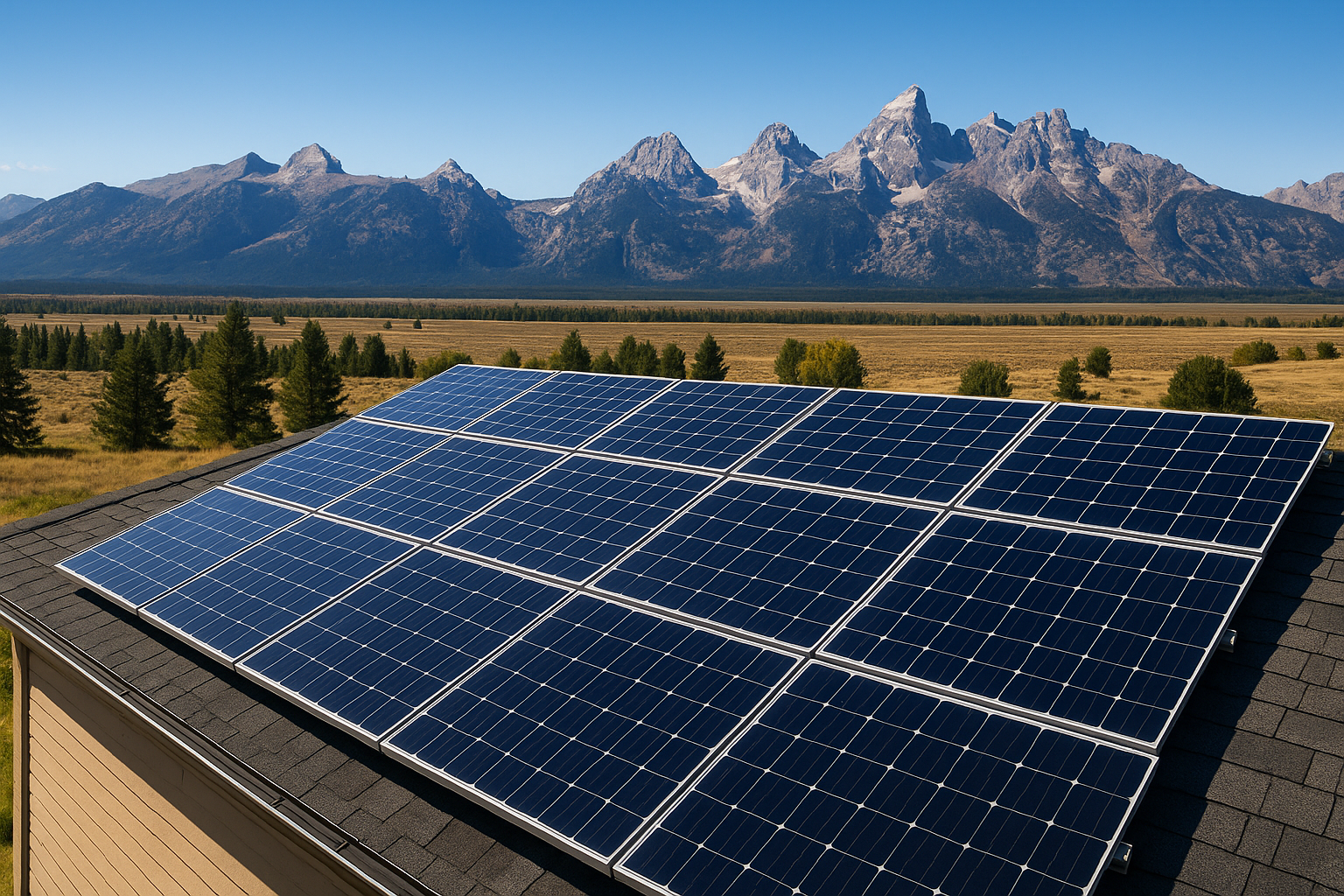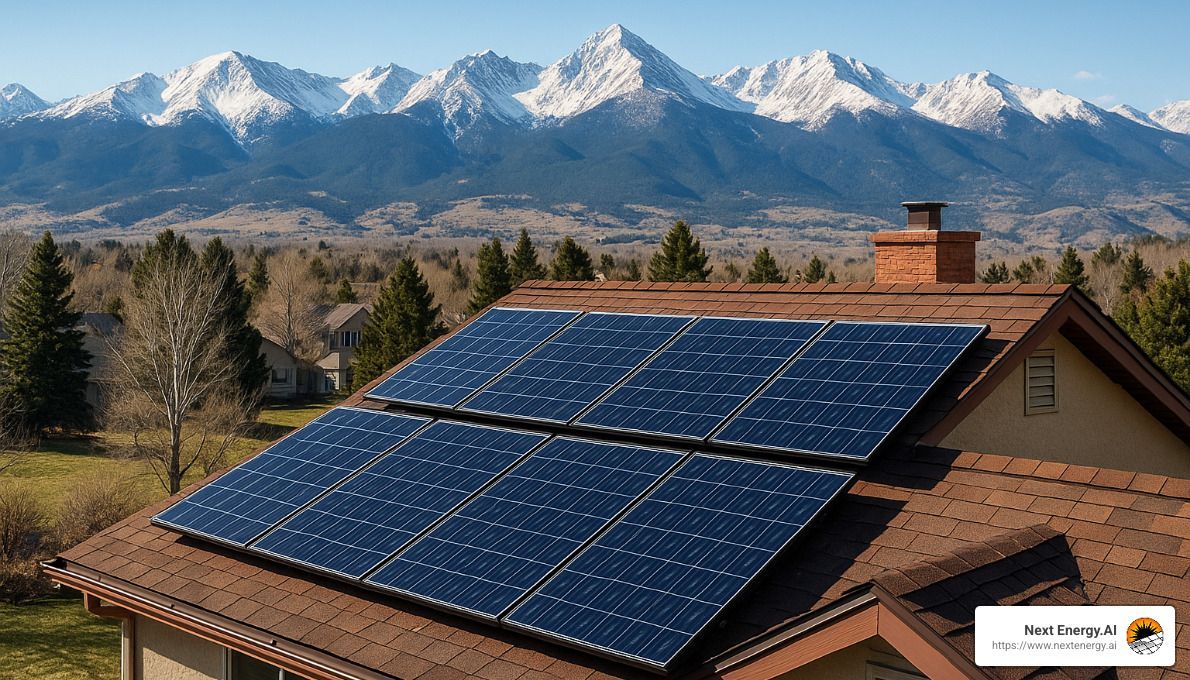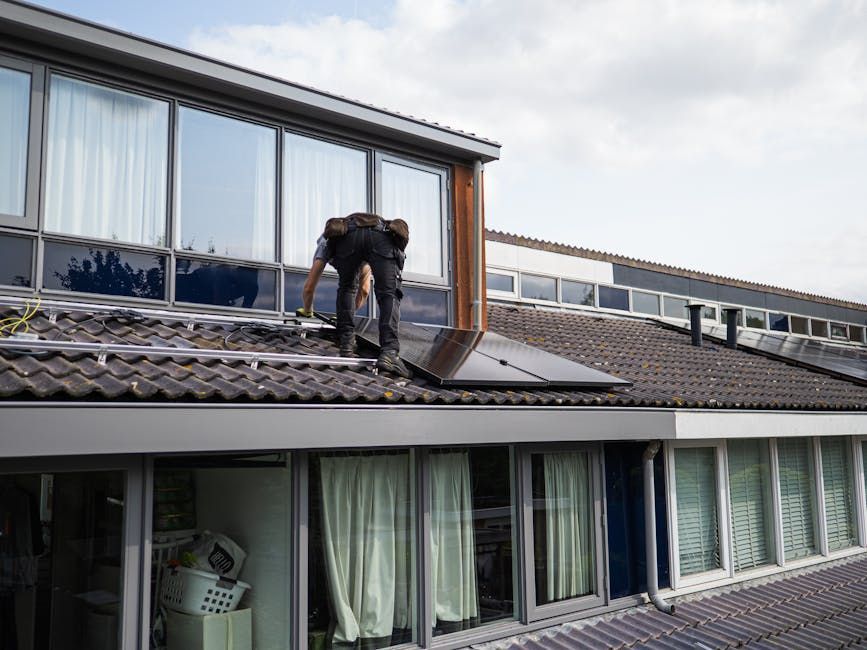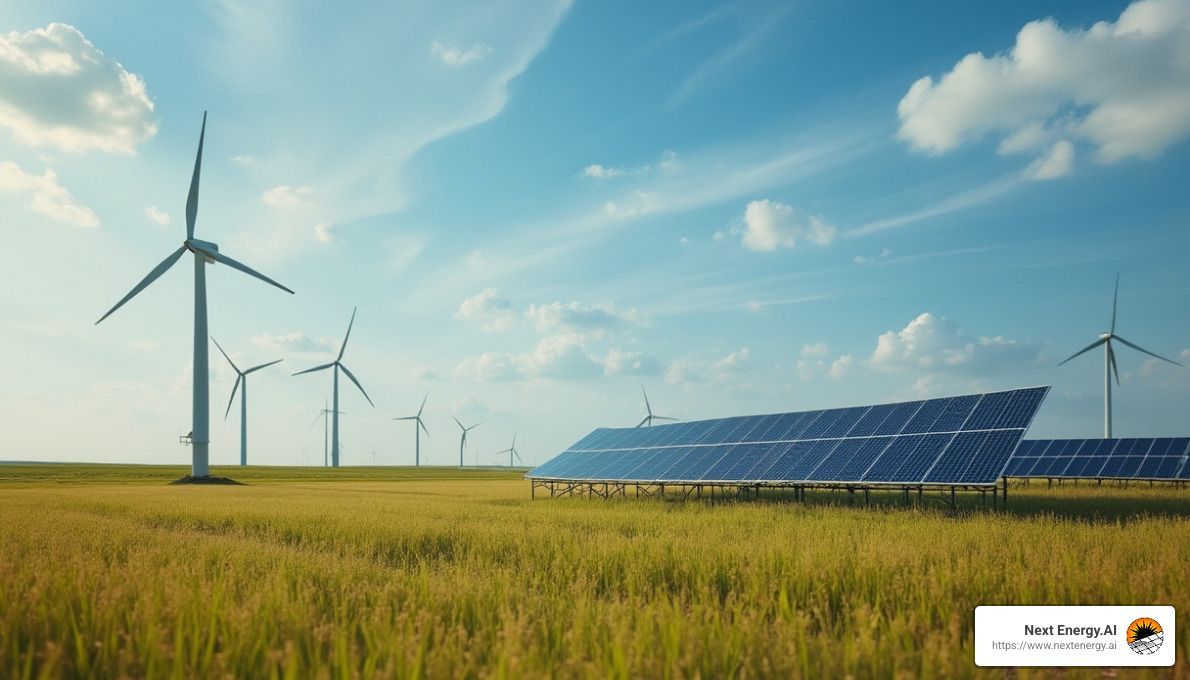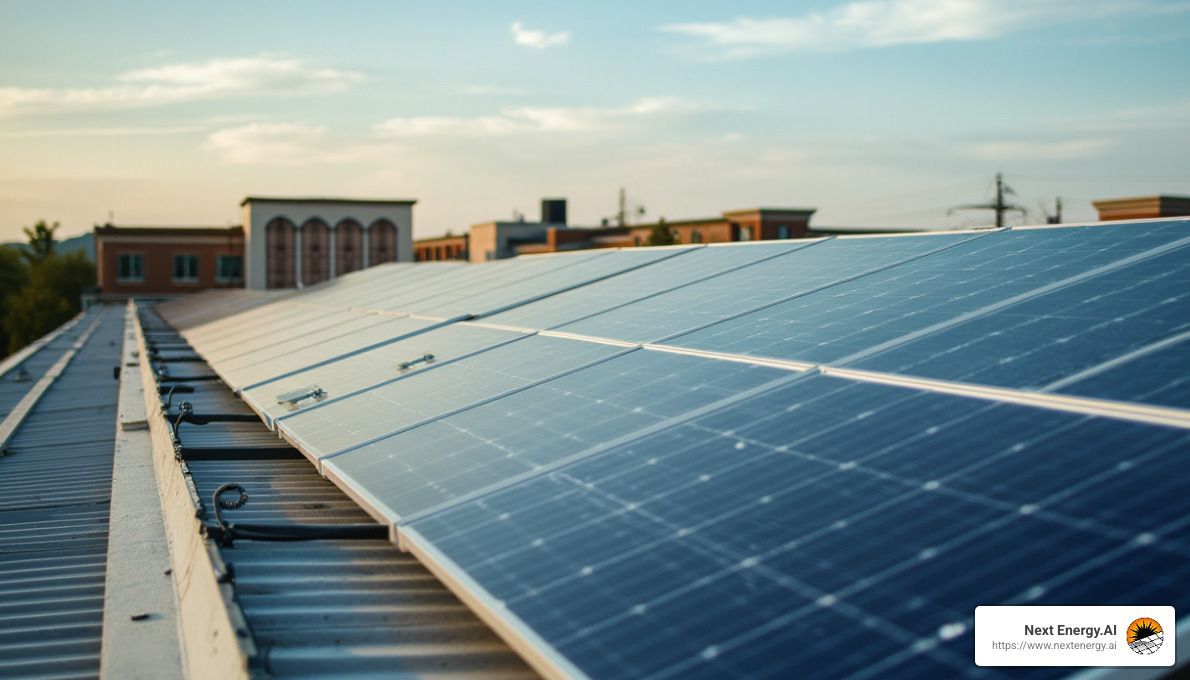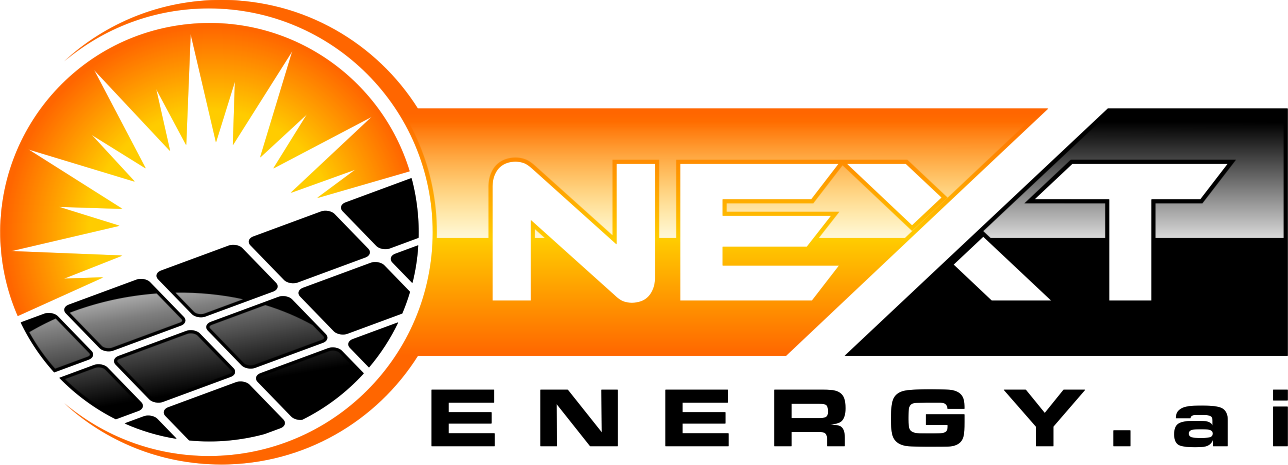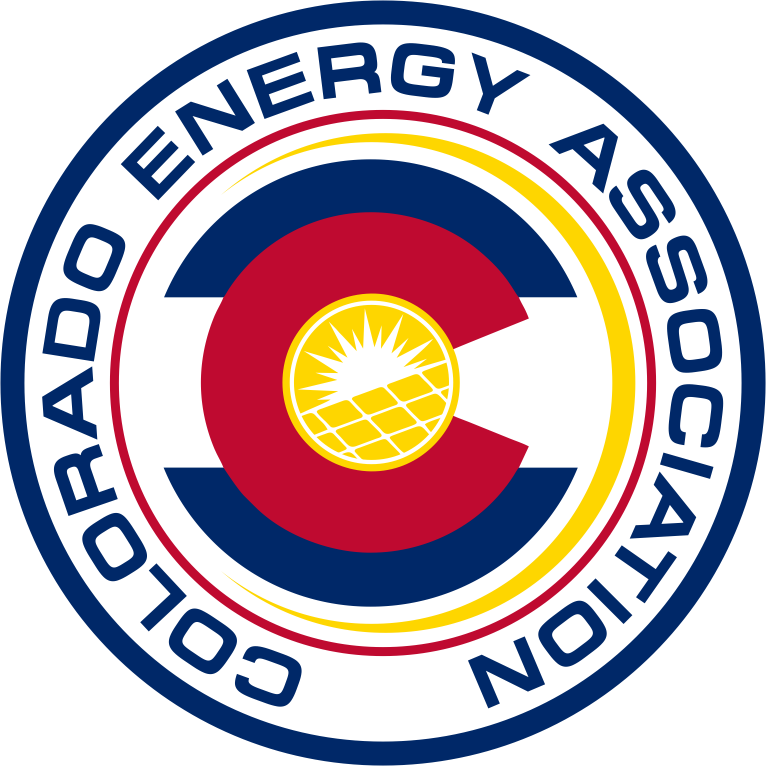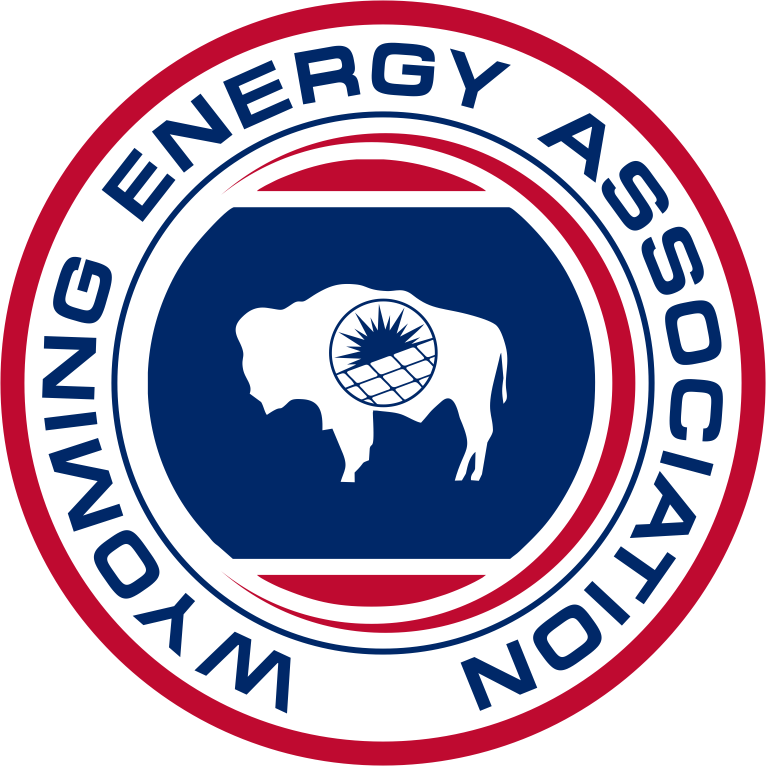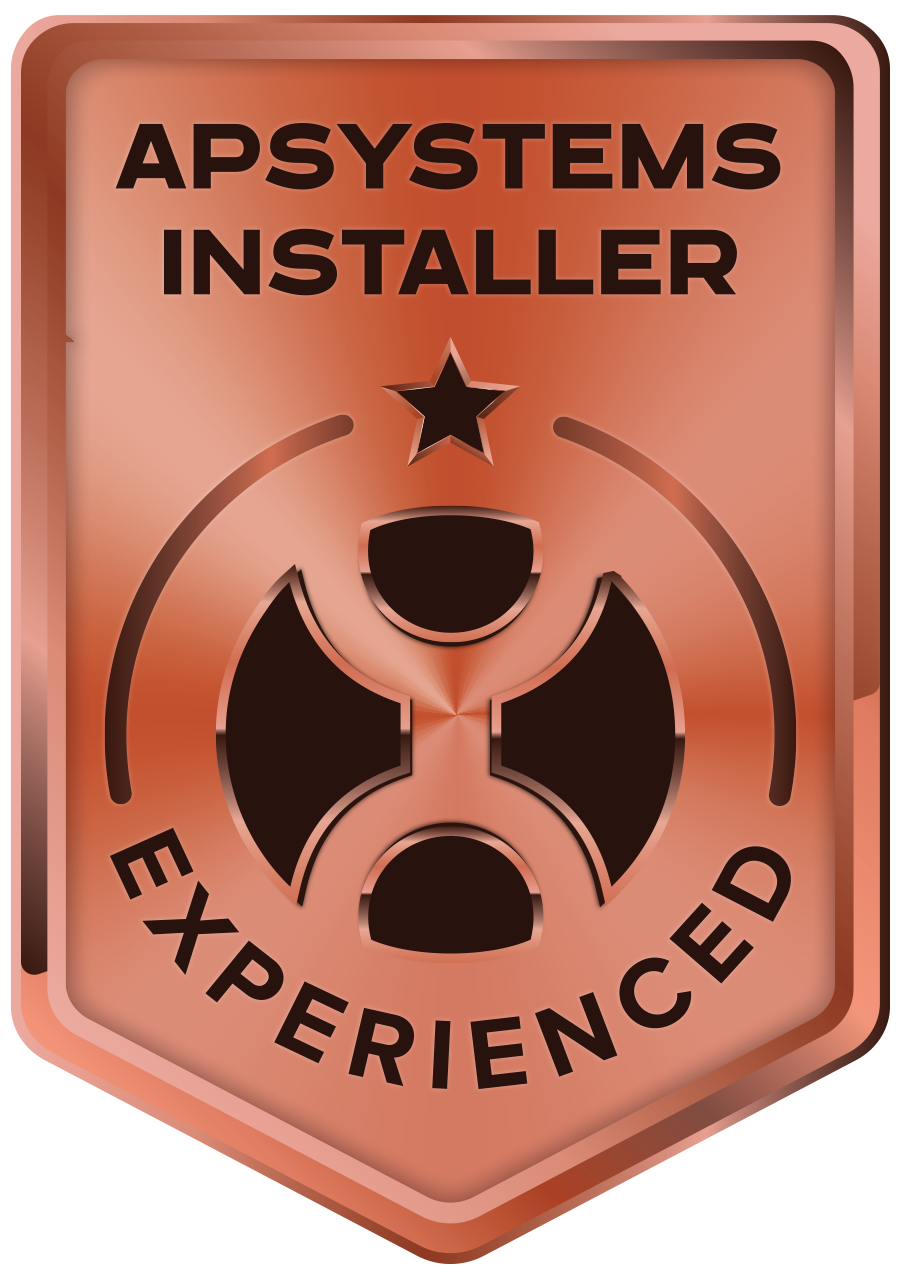How to Learn About Solar System Maintenance the Right Way
Solar system maintenance is essential for maximizing your renewable energy investment. While solar panels are designed to be durable and relatively low-maintenance, proper care ensures optimal performance and longevity.
Key Solar System Maintenance Tasks:
- Clean panels 1-2 times per year to remove dirt, debris, and bird droppings
- Schedule professional inspection annually to check electrical components and connections
- Monitor system performance regularly through your inverter display or app
- Trim surrounding vegetation to prevent shading
- Check for visible damage after extreme weather events
Solar panels typically maintain their efficiency for 25+ years with minimal upkeep. Unlike other home systems with moving parts, solar panels are remarkably durable. However, neglected panels can lose up to 25% of their energy production capacity due to accumulated dirt and debris.
The good news? Maintaining your solar system is straightforward and cost-effective. Annual inspections typically cost between $150-$300, while professional cleaning services range from $13-$25 per panel. These small investments protect your larger investment and ensure maximum energy production.
For Northern Colorado homeowners, seasonal considerations are particularly important. Snow removal in winter and checking for damage after our region's hailstorms can prevent efficiency losses and extend system life.
I'm Spencer Gordon, CEO of NextEnergy.ai in Fort Collins, Colorado, with experience in solar system maintenance and renewable energy solutions for Northern Colorado homeowners. My NAPCEP certification in photovoltaics and commitment to quality American-made solar products ensures I can provide expert guidance for maintaining your system.

Understanding Solar System Components and Their Maintenance Needs
A solar power system is a long-term investment, and just like your favorite car or home appliance, proper care can help it last longer and perform better. Each component of your solar setup has its own role to play—and each needs a little TLC to stay at its best. Here's a friendly guide to the main components and their particular maintenance needs.
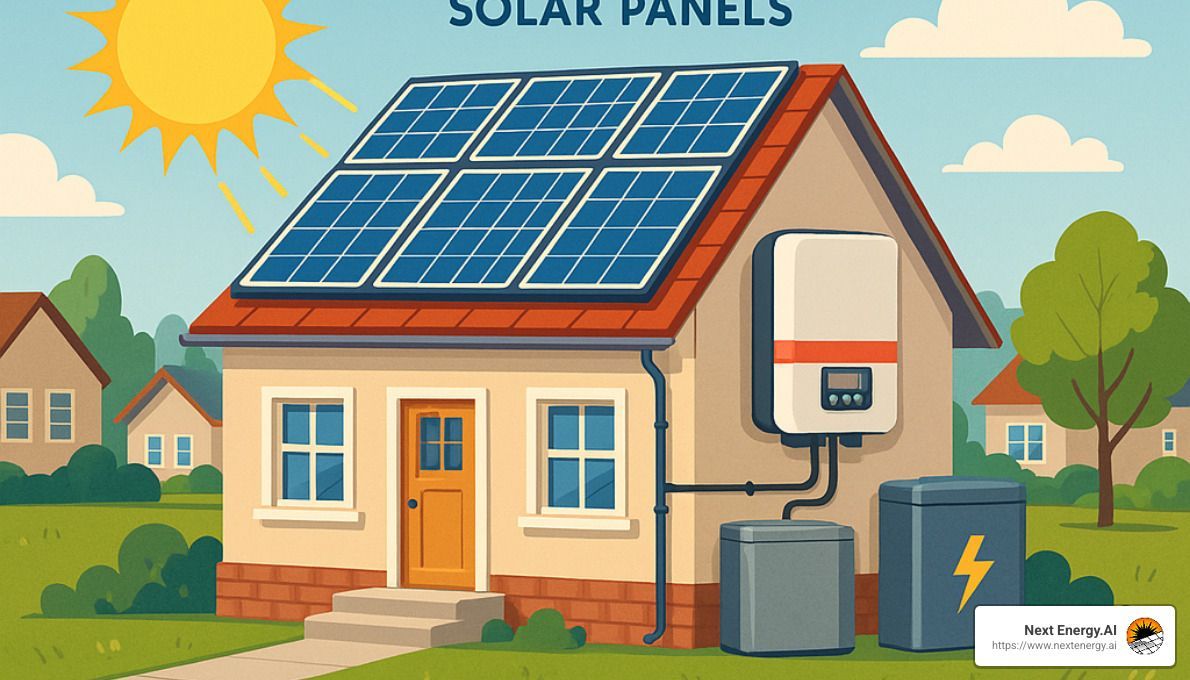
Solar Panels
Solar panels (also known as photovoltaic modules) are the stars of your solar system. They're built tough to endure Colorado storms, sunshine, snow, and even the occasional hail. But even these hardy energy producers need periodic attention to keep their efficiency up.
Regular cleaning is key, as dirt, dust, pollen, and even bird droppings can accumulate on the panel surface. According to the National Renewable Energy Laboratory, a dirty solar panel can see efficiency losses of up to 25 percent! Aim to clean your panels at least once or twice a year, depending on your environment.
Apart from cleaning, take some time for a quick visual inspection a few times each year. Watch for cracks or chips in the glass, discoloration (which can indicate hotspots), damaged frames or seals, and signs of moisture intrusion. While solar panels degrade slowly—around 0.5 to 0.8 percent a year—catching minor issues early can significantly slow down this process. For more detailed insights, check out the scientific research on solar panel degradation.
Also, don’t forget about shading! Trees grow, and what once was sunny might become shaded over time. Regularly trimming surrounding vegetation ensures your panels always get maximum sunlight.
Inverters
Your inverter quietly works behind the scenes, converting the solar panels' DC electricity into usable AC power for your home. Often overlooked, this hardworking device is critical for your solar system's efficiency. While solar panels can last 25+ years, inverters typically have a shorter lifespan—about 10-15 years.
To keep your inverter happy, regularly check its display panel or monitoring app for any error messages or unusual readings. Catching errors early can prevent bigger headaches down the road. Also, ensure your inverter has good ventilation, as overheating can significantly shorten its life. Keep the area around it clear and clean, especially during Colorado’s hot summer months.
During professional inspections (ideally once a year), your technician should check all electrical connections and tighten them if needed. And don’t forget to ask the technician about firmware updates! Manufacturers occasionally update inverter software to improve performance and fix bugs. Lastly, keep an eye on warranty coverage—most string inverters come with warranties of 10-15 years, while microinverters generally last around 25 years.
Mounting Systems
Mounting systems keep your solar panels secure on either your rooftop or ground installation. Regularly glance at your mounting hardware to make sure everything is still tight and secure. Checking for signs of corrosion or loose fasteners helps prevent damage or safety risks down the line, especially after severe weather events.
Batteries (if applicable)
If your solar setup includes battery backup, regular maintenance is critical for safety and efficiency. Batteries need routine checks of connections, ventilation, and overall performance. A quick visual inspection every few months can catch small problems before they become big ones. Batteries aren’t cheap, so proper care can greatly extend their life and protect your wallet.
Wiring and Electrical Components
Wiring, conduits, and junction boxes might not seem exciting—but they're critical for your solar system’s safe and efficient operation. Rodents and pests sometimes find these hidden areas cozy, so periodic inspections help catch issues like damage, chew marks, or corrosion early.
Monitoring Systems
Modern solar systems typically come equipped with monitoring systems. These handy tools track your system’s performance and alert you quickly if something isn't right. Fortunately, these monitoring systems themselves rarely require maintenance. Just make sure they’re connected properly and regularly check alerts. Using your monitoring app or portal regularly ensures your system stays at peak efficiency, and it can even help pinpoint minor issues before they become expensive fixes.
Zain Jan, co-founder and CEO of a solar installation company, humorously points out, "Unlike a car, where you drive it every day and there's moving parts and a much higher chance of something happening, solar panels don't really have any moving parts." While that’s true (and good news!), being low-maintenance doesn't mean maintenance-free. Regular care ensures you get the maximum value and lifespan from your investment.
Want to dive deeper into solar maintenance specifics? Check out our page on Maintenance of Solar PV Systems.
Essential Solar System Maintenance Tasks and Schedule
Keeping your solar investment in top shape doesn't need to be complicated or stressful! Creating a clear schedule for solar system maintenance helps protect your investment, maximize energy production, and extend your system's lifespan. Let's walk through a straightforward seasonal approach to keeping everything running smoothly year-round:
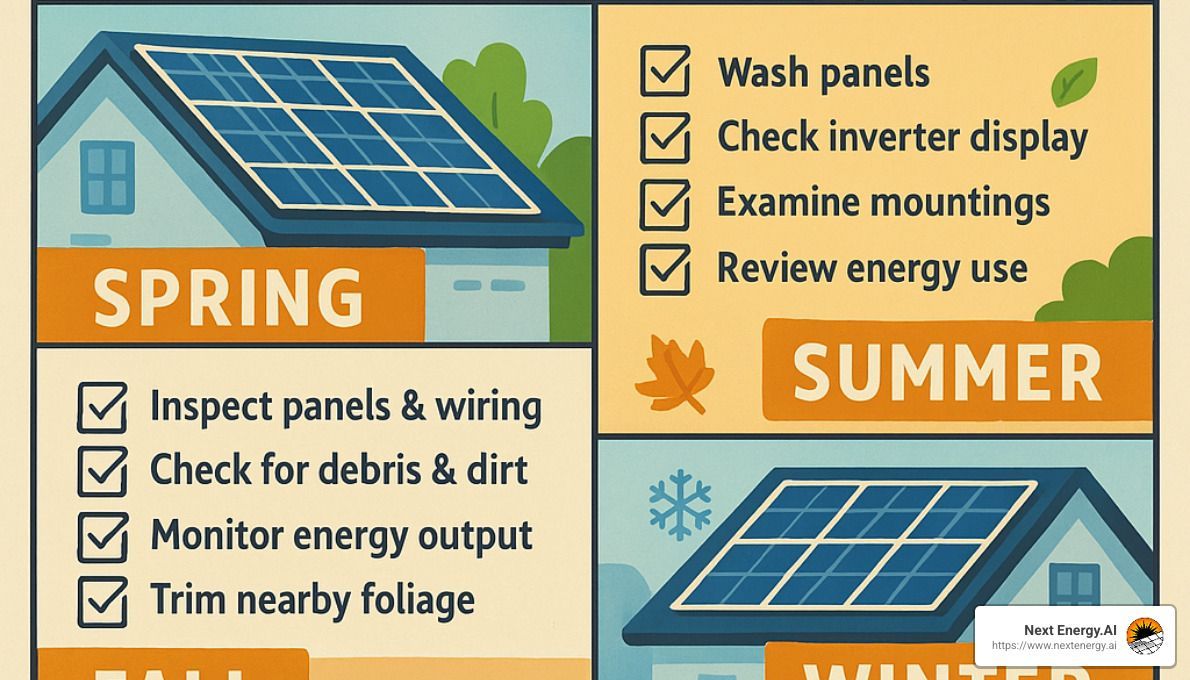
Seasonal Maintenance Schedule
Each season presents unique challenges and opportunities for your solar system. Here's how you can tackle each one like a pro:
Spring (March-May)
As the days get longer and sunnier, it's the perfect time for a thorough panel cleaning to remove winter grime. Check panels closely for ice or snow damage that may have occurred during the colder months. This is also the ideal time for a professional inspection, ensuring your electrical connections and inverter are in tip-top shape. While you're in spring-cleaning mode, don't forget to trim nearby trees and bushes to prevent shading issues as they start growing.
Summer (June-August)
Summer is peak solar energy production time, so you'll want to keep an eye on your system performance to ensure you're getting the most from those sunny days. Regularly check your inverter ventilation—especially during Northern Colorado's warmest months—to ensure it's receiving enough airflow. If you live in a dusty area or experience summer storms, a quick, gentle cleaning may be needed to remove dust or debris and keep things shining bright.
Fall (September-November)
Before winter arrives, consider another round of cleaning to remove fallen leaves, dirt, pollen, and any other debris that has built up over the summer months. While you're at it, clear gutters and drains near your panels to prevent water buildup and ice dams later on. Inspect your roofing area around the panels, and trim back any vegetation that's gotten a little too cozy with your solar array over the growing season.
Winter (December-February)
Winter in Northern Colorado and Southern Wyoming means snow, and snow can block sunlight from reaching your panels. When it's safe, carefully remove snow accumulation to maintain solar production. During these lower-production months, take some time to monitor your system closely to catch any issues early. Use the colder months to plan ahead for your springtime professional inspection.
Documentation Practices
Maintaining clear, organized records of your solar system maintenance activities is not just good housekeeping—it's insurance for your investment. Keep track of cleaning dates, the methods and tools used, professional inspection reports, any repairs or replacements, and even notable weather events that might have impacted your system. Documenting your system's performance data over time can also help you spot trends and pinpoint potential issues before they become costly repairs.
As one solar industry pro humorously puts it: "That's the only self-maintenance you really need." Regular monitoring, combined with scheduled cleaning and annual professional inspections, is typically all it takes to keep your solar system running at peak performance.
Cleaning and Debris Removal Techniques
Keeping your solar panels clean is one of the simplest ways to ensure they're producing as much electricity as possible. But don't go scrubbing too hard—panels are sturdy but deserve gentle treatment!
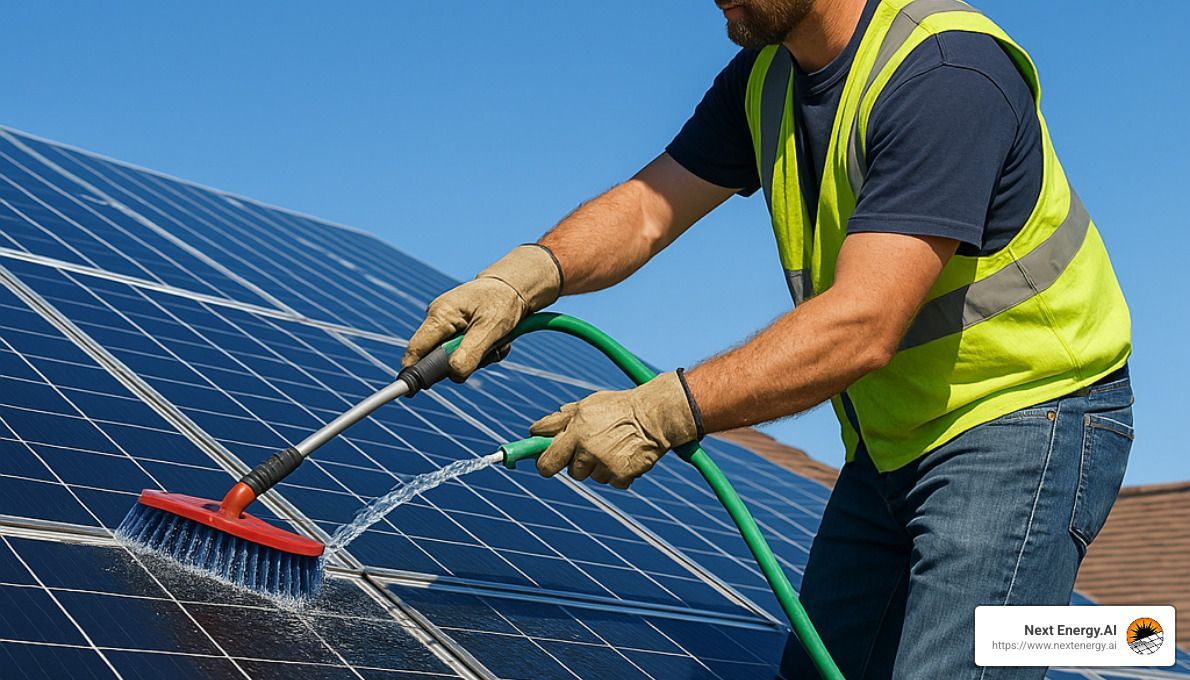
"The more direct sunlight solar panels can absorb, the more energy they create. Dirt, debris, snow, and even bird droppings can build up on your panels and block sunlight. The National Renewable Energy Laboratory reported that dirty solar panels lose up to 25 percent efficiency."
When cleaning your panels, timing matters. Early mornings or evenings are best because cool panels and cool water mean no sudden thermal shock. Plain water usually does the trick, but if dirt is especially stubborn, a bit of mild dish soap mixed into your bucket will help. Always opt for soft or distilled water if you can, to prevent mineral spots.
Use gentle tools—a soft sponge or brush with an extendable handle, a garden hose with a gentle spray setting, and maybe a squeegee or microfiber cloth for drying. First, softly rinse your panels to loosen debris. Then, carefully clean them using gentle circular motions, and rinse again to remove any soap residue.
Safety comes first! If your panels are roof-mounted, seriously consider hiring a professional cleaning service. If you choose to do it yourself, never climb onto the roof in wet, icy, or windy conditions, always use proper safety equipment, and never walk directly on solar panels. As one Reddit user smartly pointed out, "Personally, I don't consider cleaning worth the effort even when fairly dirty... the barely noticeable hit in production isn't worth risking my neck." For many of our Northern Colorado customers at Next Energy.AI, having a professional handle panel cleaning is a small price to pay for peace of mind and personal safety.
Learn more about PV Panel Maintenance
Performance Monitoring and Troubleshooting
Regularly keeping tabs on your system's performance is essential for proactive solar system maintenance. Modern solar setups typically come equipped with easy-to-use monitoring apps, web portals, or even built-in displays on your inverter. Checking your monthly utility bills is also a simple way to verify your system's output consistency year-over-year.
When looking at your data, pay attention to daily and monthly production patterns, error codes your inverter might show, and your overall performance ratio (actual production versus expected). If you notice a sudden drop in energy production, first check for new shading issues (like rapidly growing trees), dirt buildup, or inverter errors. A gradual production decline might just be normal panel degradation—but if it's faster than the typical 0.5-0.8% per year, schedule a professional inspection.
If your inverter starts showing error codes, don't panic! Write them down, consult your owner's manual (it's there for a reason!), and if issues persist, give a professional a call.
At Next Energy.AI, we now offer AI-powered monitoring systems that help Northern Colorado homeowners spot even subtle performance dips early. Our technology can proactively identify potential problems, saving you from future headaches and unnecessary repair costs.
By following this simple yet effective solar maintenance routine, you'll keep your solar investment running strong—delivering clean, reliable energy and savings for decades to come.
Weather Impacts and Environmental Considerations for Solar System Maintenance
Weather can have a big impact on your solar system, making smart solar system maintenance a must. Here in Northern Colorado and Southern Wyoming, Mother Nature likes to keep us on our toes, offering everything from blazing hot summers to heavy winter snow. Understanding how weather affects your solar panels can help you keep them working great all year long.

Seasonal Weather Impacts
Every season in our region brings its own challenges. Let's start with winter. Snow piling up on your solar panels can temporarily reduce energy production. Usually, snow slides off naturally because panels are tilted, but sometimes a heavy snowfall sticks around. If snow removal becomes necessary, safety first! Gently use a soft snow rake with an extension pole—never a metal tool or anything abrasive. It's normal to see some dips in production during snowy months, but often, panels warm quickly and melt snow faster than your roof does.
Summer heat brings its own challenges. Believe it or not, extreme heat actually lowers solar panel efficiency slightly. Most panels lose between 0.3% to 0.5% efficiency for every degree Celsius above 25°C (77°F). To help your system during those scorching July and August afternoons, make sure there’s proper airflow underneath the panels and that your inverter's ventilation isn't blocked or overheating. A slight production decrease in extreme heat is completely normal, so don’t sweat it too much—just keep an eye on your monitoring system.
Spring and fall are the perfect times for routine cleaning and professional inspections. After a long winter, spring is ideal for a thorough inspection to spot any wear and tear from snow and ice. In autumn, clear off fallen leaves and debris around your solar array and check for any wildlife visitors like birds or squirrels who might have decided your wiring looks like a cozy nesting spot.
Preparing Your Solar System for Extreme Weather
Here along Colorado's Front Range and in Southern Wyoming, we can see some seriously wild weather. That makes prepping your solar panels for storms and other extreme weather events super important.
Hailstorms are probably the top concern for local homeowners. Thankfully, modern solar panels are pretty tough—they're tested to withstand hits from hailstones up to 1 inch traveling at 50 mph. However, exceptional storms can still cause damage. It's always smart to take photos of your system each year before storm season, so you'll have documentation ready if you ever need an insurance claim. After a severe hail event, do a quick visual check for any noticeable damage. And don't forget to double-check your homeowner's insurance and solar warranty to see exactly what's covered.
Wind is another frequent visitor, with gusts strong enough to send patio furniture flying. Solar mounting systems are typically built to withstand winds up to about 140 mph, provided they're installed correctly. Still, periodic checks of mounting hardware are wise—especially after a particularly windy day. If anything looks loose or shifted, it's time to call in a pro.
Lightning and electrical storms can also affect your solar setup. Proper grounding is essential to protect your equipment. During annual inspections, make sure your solar technician double-checks all grounding connections and consider adding surge protection devices if your area sees frequent lightning storms.
Regional Maintenance Considerations
Not all areas face the same environmental challenges. Where your home sits in Northern Colorado or Southern Wyoming can determine the specific type of solar system maintenance you’ll need.
If you're in a Front Range urban area like Denver, Loveland, or Fort Collins, you'll need to watch for air pollution and urban dust accumulation. Nearby construction sites can also coat your panels with extra dust, while springtime pollen deposits might require extra cleaning attention.
For mountain communities like Red Feather Lakes or Livermore, pine needles and forest debris become regular visitors. Keep an eye out for wildlife activity around your panels, and expect heavier snow loads to linger longer. Plan accordingly for snow removal and inspections.
Homeowners out on the Eastern Plains—in areas like Greeley, Windsor, or Cheyenne—deal with agricultural dust and strong prairie winds. Your solar panels might need cleaning a bit more often than those in urban areas. Frequent checks of mounting hardware are also a good idea, as the open landscape invites stronger gusts.
As one solar enthusiast from Northern Colorado shared, "Living in an area with lots of rain, cleaning is less of an issue." But another homeowner in a drier, dustier part of the region noticed power output drops from 30% to 50% during dusty periods. Clearly, location matters when planning your solar maintenance routine.
Keeping your local weather patterns and environmental factors in mind goes a long way toward making sure your solar system stays happy, healthy, and productive for decades to come. For more tips and strategies, visit our detailed guide on Cleaning and Maintenance of Solar Panels.
Professional vs. DIY Solar System Maintenance
When it comes to solar system maintenance, homeowners face an important choice: which tasks should you handle yourself, and which should you leave to the professionals? This decision affects not just your system's performance, but also your safety and warranty coverage.

Maintenance Task Comparison
Let's be honest – we all love saving money with DIY projects. But with solar systems, it's important to know where to draw the line. While checking your system's performance through your monitoring app is perfectly safe to do yourself, climbing on your roof to inspect electrical connections is definitely not recommended!
Think of your solar system like your car – you might check the tire pressure and wash it yourself, but you probably leave the brake service to the professionals. Similarly, you can monitor your system's performance and clean accessible panels, but electrical work requires trained technicians.
Cost Considerations
I know what you're thinking – professional services aren't free. Annual inspections typically run $150-$300, while panel cleaning costs about $13-$25 per panel. Comprehensive service packages might cost a few hundred dollars annually.
But here's the perspective that makes sense: these costs represent a tiny fraction of your total solar investment. Plus, as one industry expert points out, "Regular maintenance and cleaning can increase energy production by around 15%." That extra production often pays for the maintenance many times over!
For Northern Colorado homeowners, consider that our unique climate (from Fort Collins snow to Loveland's occasional hailstorms) makes professional maintenance even more valuable. The peace of mind alone is worth something, isn't it?
Warranty Implications
Your solar system likely came with some impressive warranties – typically 25 years for panels and 10-15 years for inverters. But did you know that DIY repairs might actually void these warranties?
Many manufacturers require proof of professional maintenance to honor warranty claims. Think of it like that "warranty void if removed" sticker on electronics. Using certified technicians ensures your warranty stays intact, potentially saving you thousands if something goes wrong down the road.
When you work with Next Energy.AI, we provide proper documentation of all maintenance work, creating a paper trail that protects your warranty coverage and helps with any future claims.
When to Call a Professional for Solar System Maintenance
While checking your monitoring app is fine for day-to-day oversight, certain situations absolutely call for professional help:
Electrical Issues demand immediate professional attention. This includes error codes on your inverter, unexplained system shutdowns, fluctuating power output, or circuit breaker trips. Electricity isn't something to experiment with – leave these issues to certified technicians.
Performance Degradation beyond the expected norm should raise red flags. If your production drops significantly (beyond normal seasonal variations) or declines faster than the expected 0.5-0.8% per year, it's time to call in the experts. Our team can diagnose whether it's a simple fix or a more complex issue.
Physical Damage like visible cracks, loose mounting hardware, water intrusion, or discoloration/"hot spots" on panels requires professional assessment. These issues can worsen over time if not properly addressed.
Annual Professional Inspections are worth their weight in gold. A good inspection includes electrical testing, infrared scanning for hot spots, mounting system checks, inverter analysis, wiring inspection, and performance verification. Think of it as a yearly physical for your solar system – preventative care that catches small issues before they become big problems.
Here in Northern Colorado, our team at Next Energy.AI provides comprehensive maintenance services custom to our region's unique conditions. We understand the specific challenges of maintaining solar systems from Fort Collins to Cheyenne and throughout our service area.
Safe DIY Solar Maintenance Practices
For tasks that are appropriate for homeowners, safety should always be your priority. Here's what you can safely do yourself:
Ground-Level Inspection is both safe and useful. Use binoculars to visually inspect your panels from the ground. Look for obvious debris, damage, or discoloration, and check for new shading from growing trees or new structures.
System Monitoring is perhaps the easiest way to stay on top of your system's health. Check your production metrics weekly, comparing against historical data and expected output. Note any significant changes or trends – this information is incredibly valuable if you do need to call a professional later.
Documentation might sound boring, but it's incredibly helpful. Keep records of all maintenance activities, track system performance, document weather events that might impact performance, and photograph your system periodically. These records create a history that can help identify when problems began.
Safety Equipment is essential if you're performing even ground-accessible cleaning. Use soft brushes with extension handles, wear appropriate footwear with good traction, avoid metal tools or abrasive materials, and never use pressure washers that might damage your panels.
As one Reddit user with experience cleaning their own panels shared: "I bought a window washing thing, and took another trip up to the roof... It was not all that hard, took about 30 minutes. I picked up another few percentage points in power." However, they emphasized the importance of safety and careful technique – advice we strongly echo.
Your solar system is a significant investment designed to serve you for decades. Finding the right balance between DIY care and professional maintenance is key to maximizing that investment's return. And when in doubt, it's always better to call a professional than to risk damage to your system or, more importantly, to yourself.
For more information about costs and considerations, check out our detailed guide on Solar Energy Maintenance Costs.
Maximizing Solar System Lifespan Through Proper Maintenance
Effective solar system maintenance is the key to getting the most out of your renewable energy investment. With just a little care and attention, your solar system can continue generating clean power far beyond its expected lifespan.

Understanding Solar Panel Degradation
Solar panels, like us, show a bit of wear as they age—though thankfully, they're usually in better shape after 25 years than most of us humans! The average solar panel loses around 0.5% to 0.8% efficiency per year, after an initial slight drop during the first year. Premium-quality panels, however, degrade even more slowly, as little as 0.3% annually.
What does this mean in practical terms? After 25 years, your panels should still be humming along at around 80-85% of their original energy output. But here's the catch—without proper maintenance, panels can degrade twice as fast, drastically cutting your long-term energy production.
Think about it this way: a well-kept 10kW solar system could still reliably generate around 8.5kW after a quarter-century, whereas a neglected system might struggle to produce 7kW or less. That's a noticeable difference on your monthly energy bill!
Extending Component Lifespans
Solar panels aren't the only parts of your system that benefit from regular attention. Other components also have their own lifespans, which proper care can significantly extend.
Solar panels themselves typically last a solid 25 to 30 years or more if regularly cleaned and checked. String inverters, which convert the electricity your panels produce into usable power, usually survive about 10-15 years. Microinverters tend to be a bit hardier, lasting 15-25 years.
Your mounting hardware is designed to withstand the elements, often lasting 25+ years—as long as you periodically make sure nuts, bolts, and brackets remain secure. If you have battery storage, expect batteries to last around 5-15 years, depending on type and how you use them.
Properly maintained solar systems can even surpass their expected lifespans. In fact, solar panels installed over 30 years ago in Australia are still reliably generating electricity today—truly a testament to the value of regular upkeep!
Cost-Benefit Analysis of Regular Solar System Maintenance
You might be wondering—is it really worth investing in regular solar system maintenance? Let's take a closer look.
If you do minimal to no maintenance, sure, you'll save money upfront. But your system might only operate at around 85% of its potential over a 25-year span. Doing basic DIY tasks (like panel cleaning and monitoring) might cost you around $50 a year, but it could increase your lifetime production to about 90% of potential.
Investing in professional maintenance typically costs around $250 a year, but helps your system perform at 95% or better for decades. While this option appears pricier on the surface, professional care often includes thorough inspections and preventive service, which can catch small issues before they become costly problems. It also helps ensure your warranty coverage remains valid, giving you added peace of mind.
So, while DIY maintenance might seem cheaper initially, the benefits of professional maintenance—including fewer repairs, improved safety, and warranty protection—often outweigh the upfront costs. For most Northern Colorado and Southern Wyoming homeowners, a balanced approach combining basic DIY monitoring and occasional professional inspections provides the best mix of cost savings and system longevity.
Technological Advances in Solar System Maintenance
At Next Energy.AI, we're excited about how technology is making solar system maintenance easier and smarter than ever before.
Our advanced AI-improved monitoring systems track your system's performance in real-time, detecting subtle changes before they become bigger problems. By analyzing your system's data against similar installations in the area, our AI can predict when maintenance might be needed based on weather patterns, seasonal changes, and system age.
Many new inverters offer remote diagnostics, allowing technicians to troubleshoot performance issues without needing an on-site visit. They can also update firmware automatically, keeping your system running smoothly.
And it's not just digital innovations improving maintenance. New self-cleaning technologies, like special coatings that repel dust and debris, help keep your panels cleaner longer. There's even research into automated cleaning systems and electrostatic solutions that actively repel dirt particles.
These exciting technologies mean maintaining your solar system is becoming easier, safer, and more effective—helping you get maximum value from your renewable energy investment for years to come.
For more details about keeping your solar panels performing at their best, visit our guide on Maintaining Solar Panels.
Frequently Asked Questions about Solar System Maintenance
How Often Should Solar Panels Be Cleaned and Inspected?
Wondering about the perfect schedule for solar system maintenance? You're not alone! The right cleaning frequency really depends on where you live and what Mother Nature throws your way.
For most Northern Colorado homeowners, cleaning your panels 1-2 times per year hits the sweet spot. But if you're in a particularly dusty area or somewhere with heavy pollen seasons (hello, springtime in Fort Collins!), you might benefit from quarterly cleanings.
I always tell my customers to pay attention to what's happening around them. Just had a dust storm blow through Loveland? Notice your panels looking a bit grimy after weeks without rain? These are perfect times for a quick clean, even if it's outside your regular schedule.
The impact of dirty panels isn't just theoretical. The American Chemical Society found that dirt and dust can rob your panels of 17-25% of their power output. That's a significant chunk of electricity you're paying for but not receiving!
One of our customers in Windsor shared: "I know mine are filthy up there, I can tell our production is less than last year by a good margin." After a thorough cleaning, they were amazed at the difference in their energy production.
For professional inspections, I recommend:
- An annual comprehensive check-up (think of it as your solar system's yearly physical)
- A quick inspection after extreme weather events like those summer hailstorms we get in Colorado
- A thorough evaluation when buying a home with existing solar (before you sign those closing papers!)
- Prompt professional attention if your monitoring app shows unexplained performance drops
These regular check-ups help us catch small issues before they grow into expensive problems. Most of our maintenance packages at Next Energy.AI include both inspection and basic cleaning, giving you peace of mind with minimal effort on your part.
What Are the Signs That My Solar System Needs Maintenance?
Your solar system will usually give you hints when it needs some TLC. Here are the telltale signs to watch for:
Changes in performance are your first clue. If you notice your system suddenly producing less energy on sunny days similar to when it performed well previously, that's a red flag. While all solar panels gradually produce less over time (typically 0.5-0.8% less each year), a sudden drop or decline exceeding this rate deserves attention.
Visual cues are equally important. During your morning coffee on the deck, take a moment to glance up at your panels. Can you see obvious dirt buildup or debris? Any visible cracks or discoloration? Perhaps some mounting hardware that looks loose? These all warrant a closer look.
Wildlife can also create maintenance needs. Birds love nesting under the cozy shelter of solar panels, and our Colorado squirrels and mice sometimes find the wiring tasty. If you notice animal activity around your system, it's worth investigating further.
System alerts provide technological warnings. Modern solar setups are pretty smart about telling you when something's wrong. Error codes flashing on your inverter, notifications from your monitoring app, or electric bills that suddenly don't match your expected savings – all these are the equivalent of your solar system raising its hand for attention.
As one of our technicians often says, "Your solar system is like a quiet roommate – when it starts making noise or acting differently, it's trying to tell you something."
Can Weather Damage My Solar System and How Can I Prevent It?
Living in Northern Colorado and Southern Wyoming means experiencing some pretty dramatic weather, from summer hailstorms to winter blizzards. The good news? Modern solar equipment is built tough.
Hail concerns top the list for many of my local customers. Today's quality solar panels are tested to withstand 1-inch diameter hailstones traveling at 50 mph – that covers most of our typical summer storms. After that massive hailstorm that hit Fort Collins in 2021, we inspected dozens of systems and found most panels completely unharmed, even when surrounding roofs needed replacement.
For protection, make sure your homeowner's insurance specifically covers your solar equipment. Understand what your manufacturer's warranty covers regarding hail damage, and keep your policy information easily accessible.
High winds are another Colorado specialty. Quality mounting systems installed correctly can handle winds up to 140 mph – well beyond what we typically see even in our nastiest storms. The key is proper installation with appropriate mounting techniques for your specific roof type. This is why cutting corners on installation can be so costly in the long run.
Snow load is a winter reality here. Most solar mounting systems installed in our region are designed with our snow patterns in mind. Generally, snow will slide off tilted panels once the sun warms them slightly. For excessive buildup, some homeowners use specialized snow rakes with soft heads to gently clear panels, but always prioritize safety over production – a few days of lower output is better than a fall from your roof!
Lightning protection comes down to proper grounding. Every system we install includes appropriate grounding to protect against surges. During annual maintenance, we check these connections to ensure they remain solid and effective.
Temperature swings from our hot summers to frigid winters actually impact performance. Solar panels actually work better in cold weather (as long as they're not covered in snow), but excessive heat can reduce efficiency slightly. Good system design includes adequate airflow around panels and inverters to mitigate temperature effects.
At Next Energy.AI, we design our installations specifically for our region's unique weather challenges. Our mounting systems are selected for their proven performance in Northern Colorado conditions, and our AI-improved monitoring helps detect weather-related issues before they become serious problem.
While solar equipment is impressively durable, regular solar system maintenance gives you the peace of mind that your clean energy investment will keep performing through whatever weather comes our way.
Conclusion
Effective solar system maintenance is the key to getting the most out of your renewable energy investment. A little time spent regularly can make a big difference, helping your system deliver clean, reliable electricity for decades. By understanding your solar system's components, sticking to a simple maintenance routine, and knowing when it’s best to call in the experts, you're setting yourself up for solar success.
Regularly checking your system’s production is your first line of defense. Take a few minutes each week to glance at the performance data from your app or inverter display. Keep an eye out for any changes from day to day or compared to previous months or years. Spotting performance dips early can prevent small issues from turning into big headaches.
When it comes to solar panel cleaning, it’s all about balance. Most homes in Northern Colorado and Southern Wyoming only need their panels cleaned once or twice per year, especially if Mother Nature helps out with the occasional rainfall. Don't go overboard—gentle cleaning with plain water and a soft brush is usually all it takes. Safety first! If your panels are rooftop-mounted, it might be worth leaving the ladder climbing to a professional service.
Speaking of professionals, scheduling an annual inspection is smart and affordable. A trained solar technician can quickly spot small issues you might miss, like loose connections, inverter glitches, or signs of mechanical wear. These checkups offer peace of mind, keep your warranty coverage intact, and save you money in the long run by preventing costly repairs and downtime.
Weather in our region can be a wild ride—hail in Fort Collins, heavy snow in Cheyenne, and everything in between. Be especially alert after extreme weather events. Take a quick look at your system (from a safe distance) to see if there's visible damage or heavy debris. If something looks off, don’t hesitate to call a professional to take a closer look. Keeping your solar investment protected in our unpredictable climate is critical.
It’s easy to underestimate the power of good documentation, but keeping records of your solar system maintenance can really pay off. Write down each time you clean your panels, keep professional inspection reports handy, and note any unusual weather or performance changes. Solid maintenance records can simplify warranty claims and help you track how well your system performs over the years.
Solar panels are famously low-maintenance, especially compared to other parts of your home. But studies, including one by the National Renewable Energy Laboratory, show that properly maintained solar systems produce up to 15% more energy than neglected ones. That extra power adds up, making your solar investment even more valuable over time.
At Next Energy.AI, we're passionate about helping homeowners across Northern Colorado and Southern Wyoming get the most out of their solar systems. Our AI-improved monitoring makes it easy to catch minor issues before they become big problems. We even predict potential concerns, saving you time, money, and stress down the road. It’s like having a friendly solar expert watching over your system—24/7.
Solar energy isn't just a smart financial decision—it’s a commitment to sustainability and energy independence. With proper solar system maintenance, today's high-quality solar systems can reliably produce clean, renewable electricity for 25 to 30 years or more. In terms of home improvement, it's tough to beat that kind of long-term value.
So whether you live in Loveland, Fort Collins, Cheyenne, or anywhere in our beautiful region, taking great care of your solar system ensures it will, in turn, take great care of you. For more detailed advice and resources, check out our guide on Solar Energy System Maintenance.



